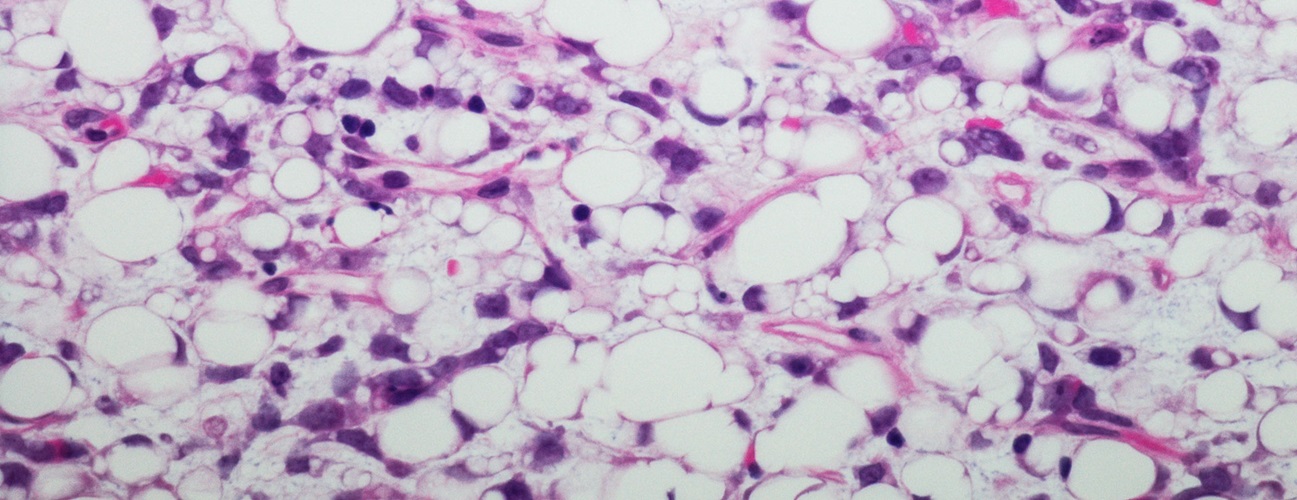Liposarcoma
A liposarcoma is a rare type of cancer that develops in your fatty tissue. This type of tumor can grow anywhere in your body. Common places include your abdomen, thigh, and behind your knee.
A liposarcoma is a malignant tumor. This means your cancer can spread to other areas, including vital organs. You must get treatment.
Symptoms
Often, no symptoms occur with a liposarcoma. Sometimes, a visible lump develops under your skin. This usually isn’t painful at first. Clear warning signs include:
-
A new lump anywhere on your body, or an existing lump that grows persistently
-
Painful swelling or numbness in the area around your lump
-
Blood in your stool, or black or tarry stool (an indication of blood)
-
Blood in your vomit
-
Abdominal pain or cramping
Who’s at risk
A liposarcoma is a very rare type of cancer. Experts aren’t exactly sure how you develop soft tissue sarcomas. A few factors that may increase your risk. These include certain genetic syndromes, exposure to radiation during treatment for another cancer, exposure to some chemicals, and a damaged lymph system. Liposarcomas tend to appear between ages 50 and 65.
Diagnosis
To determine whether you have a liposarcoma, your doctor will probably order a biopsy. This is a test that removes some of your suspicious tissue, either by surgery or with a needle and syringe. A pathologist, a doctor who examines tissue samples under a microscope, will check for cancer cells. If he or she identifies liposarcoma, your doctor may order tests to determine the extent of your cancer and how far it has spread. The tests could include X-rays, an MRI (magnetic resonance imaging), a CT (computed tomography) scan, or an ultrasound.
Treatment
The most common treatment for a liposarcoma is surgical removal of your tumor. This can be a delicate process, especially if your tumor is close to a vital organ. Typically, radiation or chemotherapy, or both, will follow surgery. This helps to kill cancer in any surrounding tissues. Sometimes, your doctor will recommend radiation therapy or chemotherapy before your surgery to help shrink your tumor.
Complications
A liposarcoma is a malignant tumor. This means it’s cancerous and can spread to other parts of your body, including vital organs and tissues surrounding the original tumor. If left untreated, a liposarcoma can ultimately be life-threatening. Early detection and treatment of a liposarcoma are critically important.
When to call the doctor
A liposarcoma is often difficult to spot. See your doctor immediately if you notice a new or unusual lump underneath your skin, or anywhere on your body. Also see your doctor if you have any of the other warning signs.






